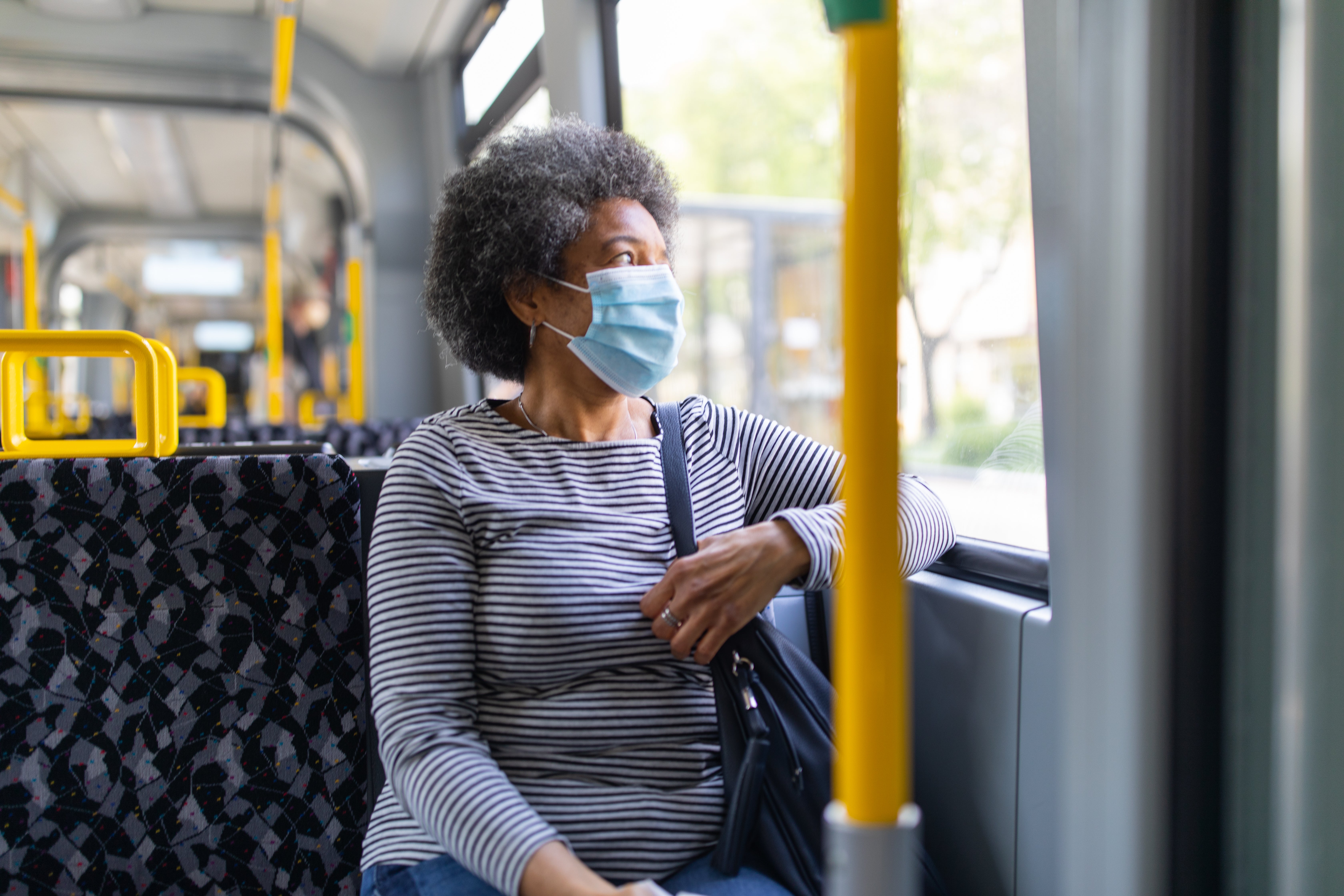Does the new coronavirus strain have the same symptoms as the first?
Boris Johnson said the new strain, which spreads faster, could also be associated with a 'higher degree of mortality’

The new strain of coronavirus, which was first publicly identified in December in the south east of England, primarily in Kent and Essex, has now spread rapidly across the country to become the dominant strain.
Chris Witty and other medical experts informed the World Health Organisation of the existence of the new strain - which was believed to have first been noticed in lab testing back in September or October - highlighting that it seemed to transmit faster than the previous one ( Mr Johnson estimated it was up to 70 per cent more transmissible).
Despite its speed the government was quick to reassure people that it was not more deadly nor would it require a different course of treatment. It could also still be targeted by the vaccine programme.
Although the strain was initially localised, it spread quickly and by January was the most common form in England and Northern Ireland and has spread internationally. It was also credited for driving the R number up prior to Christmas, the increased death toll and rising pressure on the NHS and ICU capacity. The UK has now reached 100,000 deaths.
As with the first, knowledge of the new strain is increasing and evolving by the week, with some questions still left unanswered: on 23 January, Mr Johnson said that the new strain may in fact be more deadly. “[It] may be associated with a higher degree of mortality,” he told a Downing Street press conference. But there remain plenty of unknowns.
So for those who think they might have the new strain or might have been into contact with it - should they be looking for the same symptoms as before or new symptoms?
Are there different symptoms?
The government has not issued a different list of symptoms for the new strain, and reiterates the three official symptoms that already exist: a fever (high temperature), a new and persistent cough, and a loss or change to your sense of taste or smell.
However a survey by the Office for National Statistics (ONS), published on 27 January, found that coughs, sore throats and fatigue are more common in people with the new strain.
A loss of taste or sense of smell is less likely in those with the new strain.
It says: “People testing positive compatible with the new UK variant were more likely to report any symptoms and the classic symptoms, but were less likely to report loss of taste and smell. There was no evidence of difference in the percentages reporting gastrointestinal symptoms.”
The data from the ONS was collected between 15 November and 16 January, as the new strain took hold across all regions of England.
Reports of coughs rose from about 27 per cent to 35 per cent of those infected, for example.
Although the ONS said the shift in symptoms might be driven by the new variant spreading more quickly in the body. It also found people with the new variant were more likely to report having symptoms than with the first strain - this may be due to an increase in awareness.
There was no evidence of differences in gastrointestinal symptoms, shortness of breath or headaches, ONS found.
These additional symptoms are important as they have been reported in other large-scale studies, such as the Zoe King’s College app, which has collected data from thousands of Covid-positive patients around the world. It was one of the first official bodies to recommend adding loss of taste and smell to symptom lists.
Is the new strain spreading differently?
Mr Johnson said on 15 January: “ Please remember that this disease can be passed on not just by standing too near someone in a supermarket queue, but also by handling something touched by an infected person.
“And remember also that one in three people with Covid have no symptoms, and that is why that original message of hands, face and space, washing your hands, is as important now as it has ever been.”
Sir Patrick Vallance, chief scientific advisor said the new strain can still affect anyone of any age.
What should you do if you have symptoms?
The NHS still advises the two things you should do if you have any of the main symptoms are get a test (you can get them at home yourself or administered at a testing centre) and stay at home until you have your test result.
Anyone in your support bubble should also stay at home.
Subscribe to Independent Premium to bookmark this article
Want to bookmark your favourite articles and stories to read or reference later? Start your Independent Premium subscription today.

Join our commenting forum
Join thought-provoking conversations, follow other Independent readers and see their replies